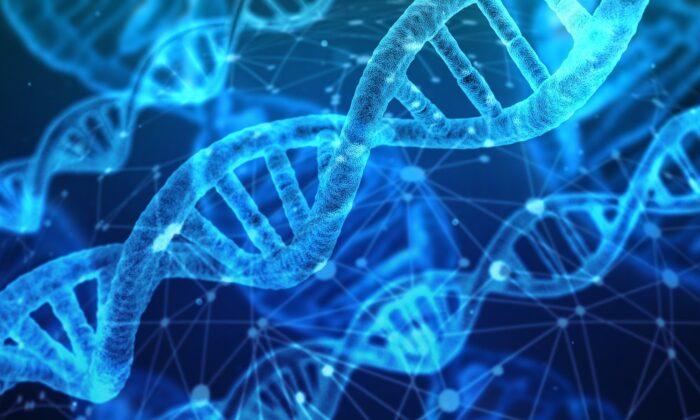Australian scientists have created a new DNA test that can identify more than 50 genetic diseases and could reduce wait time for diagnosis from years to days.
The test has been developed at the Garvan Institute of Medical Research in Sydney, along with collaborators from the UK and Israel.
Using a single DNA sample, usually extracted from blood, the test works by scanning a patient’s genome using Nanopore sequencing technology.
It can screen the genome for more than 50 genetic neurological and neuromuscular diseases, including Huntington’s disease, muscular dystrophies and fragile X syndrome.
A study published in Science Advances on Saturday showed the test was accurate, allowing research teams to begin validations to make the test available in pathology services around the world.

The diseases covered by the test belong to a class of over 50 diseases caused by unusually long, repetitive DNA sequences in a person’s genes, known as Short Tandem Repeat expansion disorders.
Repeat expansion disorders can be passed on through families, can be life-threatening and generally involve muscle and nerve damage.
However, study co-author Kishore Kumar said current genetic testing for these disorders was “hit and miss” with testing continuing for years.
“This testing can go on for years without finding the genes implicated in their disease. We call this the ‘diagnostic odyssey’ and it can be quite stressful for patients and their families,” he said.
“This new test will completely revolutionise how we diagnose these diseases since we can now test for all the disorders at once with a single DNA test.”
Dr Kumar said the test will help patients avoid years of unnecessary muscle or nerve biopsies for diseases they don’t have or risky treatments that suppress their immune system.
Researchers hope the technology will be used in diagnostic practice within two to five years but it must first gain clinical accreditation.





